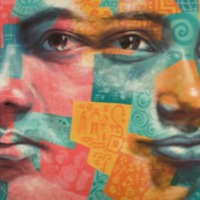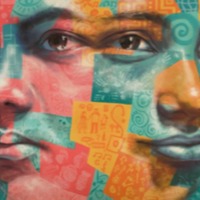
Witness A
There are an estimated 136,000 people living on conditions of modern slavery in the United Kingdom (Global Slavery Index 2018). According to the 2017 annual figures provided by the National Crime Agency, 5, 145 potential victims of modern slavery were referred through the National Referral Mechanism in 2017, of whom 2,454 were female, 2688 were male and 3 were transgender, with 41% of all referrals being children at the time of exploitation. People are subjected to slavery in the UK in the form of domestic servitude, labour exploitation, organ harvesting and sexual exploitation, with the largest number of potential victims originating from Albania, China, Vietnam and Nigeria. This data however does not consider the unknown numbers of victims that are not reported. Witness A was trafficked for commercial sexual exploitation in the UK as a minor. Witness A tells of the numerous organisations and agencies who failed to recognise that she had been trafficked, resulting in her continued exploitation. Subjected to sexual and physical violence, Witness A often found herself in contact with A&E, the police and child services who did not help her escape her exploiters and, on occasion, placed the blame upon herself. Witness A states that it was not until she reached out to the Salvation Army that she was able to escape her exploitation and was placed in a safehouse. However, Witness A talks about the lack of support available even after she was rescued from her traffickers.

Witness B
There are an estimated 136,000 people living on conditions of modern slavery in the United Kingdom (Global Slavery Index 2018). According to the 2017 annual figures provided by the National Crime Agency, 5, 145 potential victims of modern slavery were referred through the National Referral Mechanism in 2017, of whom 2,454 were female, 2688 were male and 3 were transgender, with 41% of all referrals being children at the time of exploitation. People are subjected to slavery in the UK in the form of domestic servitude, labour exploitation, organ harvesting and sexual exploitation, with the largest number of potential victims originating from Albania, China, Vietnam and Nigeria. This data however does not consider the unknown numbers of victims that are not reported. Witness B was brought to the United Kingdom by her employer to work as a domestic worker to support her family. Upon arrival, Witness B was not fed, was subjected to physical abuse and was not paid for their work. After 12 weeks she ran away, scared for her life. Though Witness B was helped by a charity organisation under the National Referral Mechanism, she was still unable to work in the UK and provide for her family. Witness B tells of her experience of the current support system in place in the UK for human trafficking survivors, believing it inadequate for trafficked domestic workers such as herself.